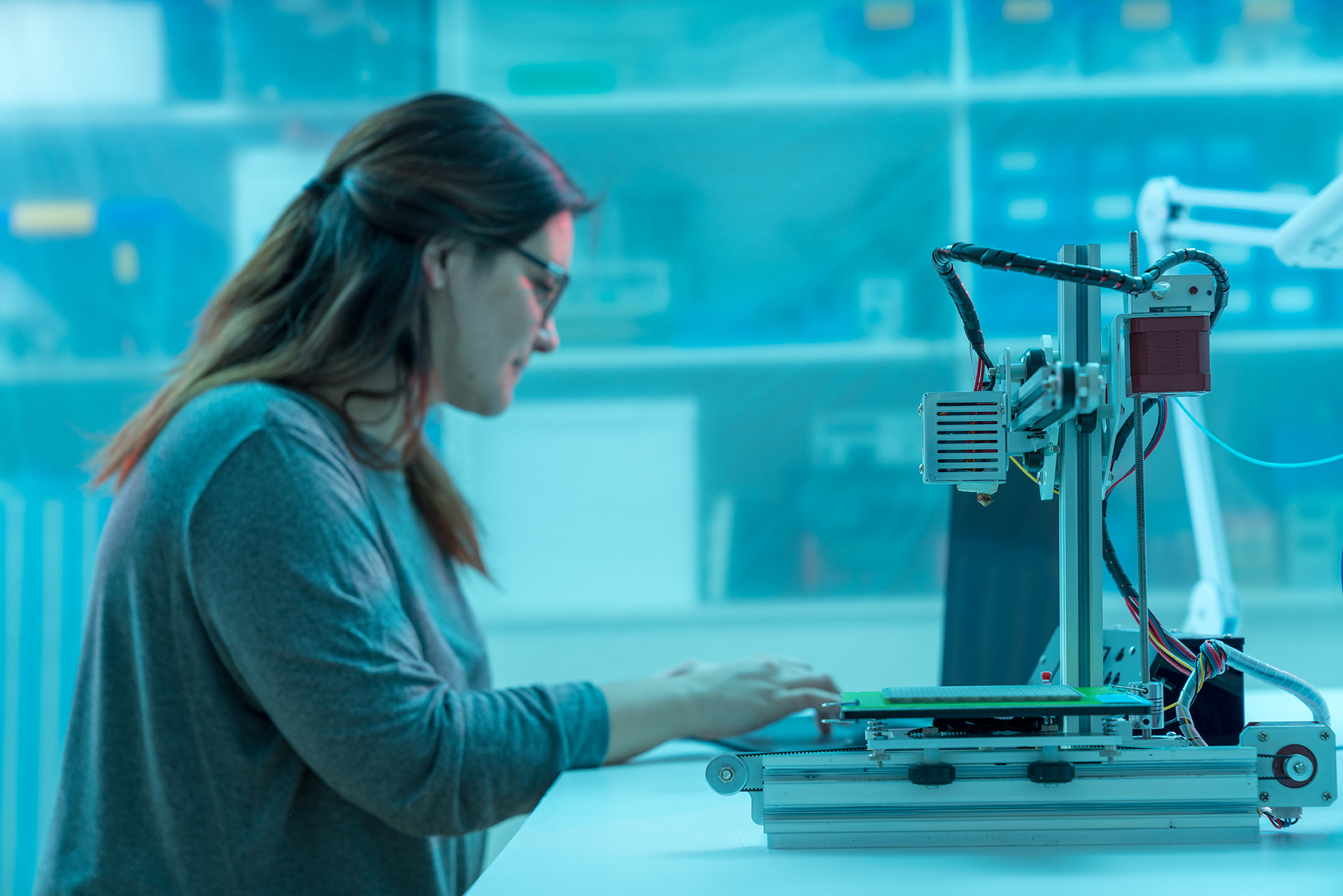Ultrasonic becoming a member of and AddJoining processes affix supplies instantly onto wooden surfaces.
Wooden is renewable, climate-neutral, mild and robust, making it enticing to be used in car manufacturing. Nonetheless, it’s difficult to affix wooden durably with different supplies, comparable to metals and polymer composites. Fortuitously, a analysis staff from the Institute of Supplies Science, Becoming a member of and Forming of Graz College of Know-how (TU Graz) has now efficiently examined two strategies by which extraordinarily sturdy joints might be achieved with out utilizing adhesives or screws. The appliance of the strategies to wooden is patent pending and could possibly be used within the plane, automotive and furnishings industries.
One course of, dubbed AddJoining, entails affixing a part manufactured from polymer composite instantly onto the wooden floor utilizing 3D printing. The printed materials penetrates into the wooden pores, the place a chemical response happens, much like the response of glue with wooden. In response to the researchers, the ensuing connections have been extremely profitable in mechanical load exams.
“After the joint fractured, we have been capable of finding polymer within the wooden pores and damaged wooden fibers within the polymer, which means that the fracture occurred within the wooden and polymer, however not on the joint,” defined Gean Marcatto in a press launch. Marcatto is a postdoc on the institute. The exams have been carried out on an untreated wooden floor. Check supplies included beech, oak, carbon fibre-reinforced polyamide and polyphenylene sulphide, chrome steel 316L and Ti-64 alloys.
In response to the researchers, much more sturdy joints could possibly be achieved by introducing a micro- or nano-structure into the wooden by laser texturing or etching, which will increase the pores and enhances the bonding surfaces. “However we wished to work with as few steps as doable and, above all, with out chemical substances,” defined lead researcher Sergio Amancio. “We will use this know-how significantly nicely with sophisticated 3D geometries as a result of the parts are printed instantly onto the floor – in no matter geometry is required.”
The opposite course of, ultrasonic becoming a member of, makes use of high-frequency vibration with low amplitude utilized to the wood part by way of a sonotrode. Involved with the bottom part – on this case, polymer or a polymer composite materials – the friction generates warmth on the interface, which melts the floor of the polymer half. The molten polymer then infiltrates into the naturally porous floor of the wooden. On this approach, a really steady spot joint might be achieved, from a combination of mechanical interlocking (as a result of the melted plastic solidifies once more within the wooden) and adhesion forces.
“This method is especially appropriate for big parts and 2D constructions since we obtain a exactly localized spot joint,” defined researcher Awais Awan, who reported that these spot joints have been additionally mechanically examined with success. He added that the joints may be additional strengthened by pre-treatment of the wooden floor comparable to laser texturing.

